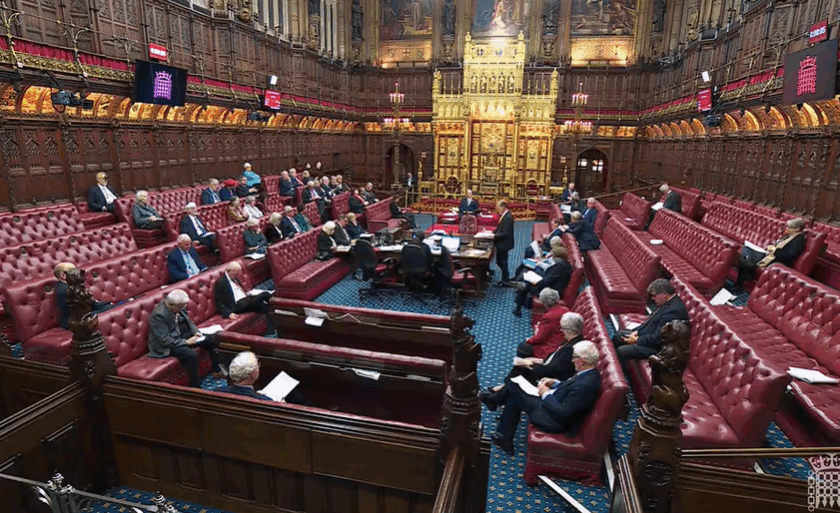In the first blog from our series on the next generation of New Towns, Fiona Howie sets out the importance of delivery models and a whole system approach
The New Towns Taskforce was established quickly after the 2024 General Election with the chair and deputy chair, Sir Michael Lyons and Dame Kate Barker respectively, being announced and the government publishing a policy statement at the end of July. The Taskforce is expected to report to the government in July.
The Labour Party manifesto stated that a Labour government would work ‘in partnership with local leaders and communities’, to build a new generation of new towns, ‘inspired by the proud legacy’ of the post-war New Towns programme. Importantly, it went on to states that ‘alongside urban extensions and regeneration projects, [the new towns] will form part of a series of large-scale new communities across England.
The Association is clear that there is much to learn from the post-war New Towns programme [see for example our recent evidence to the Lords Built Environment Committee inquiry into the practical delivery of the New Towns] and attempts since then to enable large scale new communities.
There is much to learn from the post-war New Towns programme and attempts since then to enable large scale new communities.
The post-war New Towns, of which there are 32, are now home to 2.8 million people. And we will publish more blogs on that in the coming weeks. But, before that, we thought there might be a need to be explicit, that what sets the post-war New Towns programme apart from programmes since then, is that there was a different, and successful, delivery model.
The post-war New Towns, of which there are 32, are now home to 2.8 million people.
Development Corporations: a successful delivery model
The New Towns were built using New Towns Development Corporations. These bound together vision, strategy, consent and delivery. They undertook land assembly, masterplanned and then controlled delivery. That delivery was undertaken in partnership with the private sector including institutional investment, but they were public sector led.
While the Development Corporations required upfront investment from the government, it got results. By 1957, the 14 New Towns in progress were delivering around 12,000 homes a year.
While this required upfront investment from the government, it got results. By 1957, the 14 New Towns in progress were delivering around 12,000 homes a year. At its peak, Milton Keynes was delivering 3,370 homes per year [see Lock and Ellis: New Towns: Rise, Fall and Rebirth]. And, that investment was paid back with interest by the 1990s.
New Towns alone cannot meet the government’s housing targets
But, those statistics lead me to my second point. That a new generation of New Towns, if done well, is an important part of the solution to increasing the delivery of much needed high quality homes in sustainable, healthy communities. It is not, however, a silver bullet to achieving the government’s housing targets. Not least because even if the Taskforce is looking to identify schemes that can be progressed quickly, they will deliver a relatively small number of homes before the next election. Large scale schemes take time.
While we hope the Taskforce will be more ambitious, we know that the Terms of Reference referred to schemes of at least 10,000 homes. If 12 sites are identified, each with a capacity to deliver 15,000 homes, that will be a total of 180,000 new homes. An important contribution, but this national programme needs to be part of a wider programme including locally-led regeneration and strategic growth, hopefully supported by new strategic planning processes, and up to date local plans.
This needs to be part of a wider programme including locally-led regeneration and strategic growth, hopefully supported by new strategic planning processes, and up to date local plans.
While therefore there is likely to be lots of interests in new New Towns in the coming months, a continued emphasis and investment in the whole system will be needed, as will support for public sector led delivery models, if the Government is to achieve to increase in housing numbers it has been clear it wants to see.
Other blogs in this series:
New Towns: the need for vision – Town and Country Planning Association
New Towns glory or Eco Towns dead end? – Town and Country Planning Association




